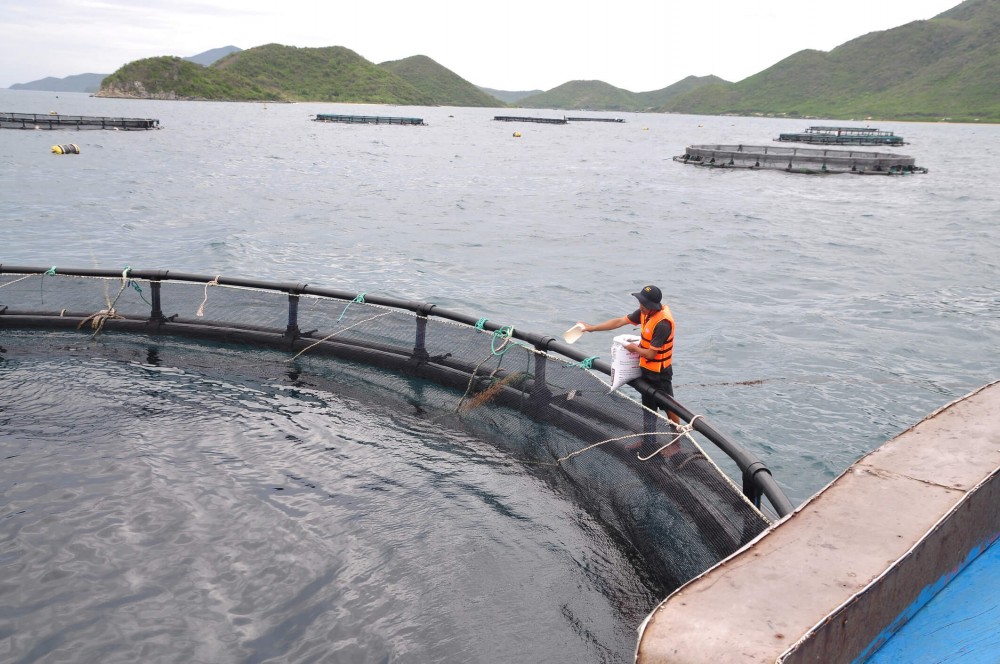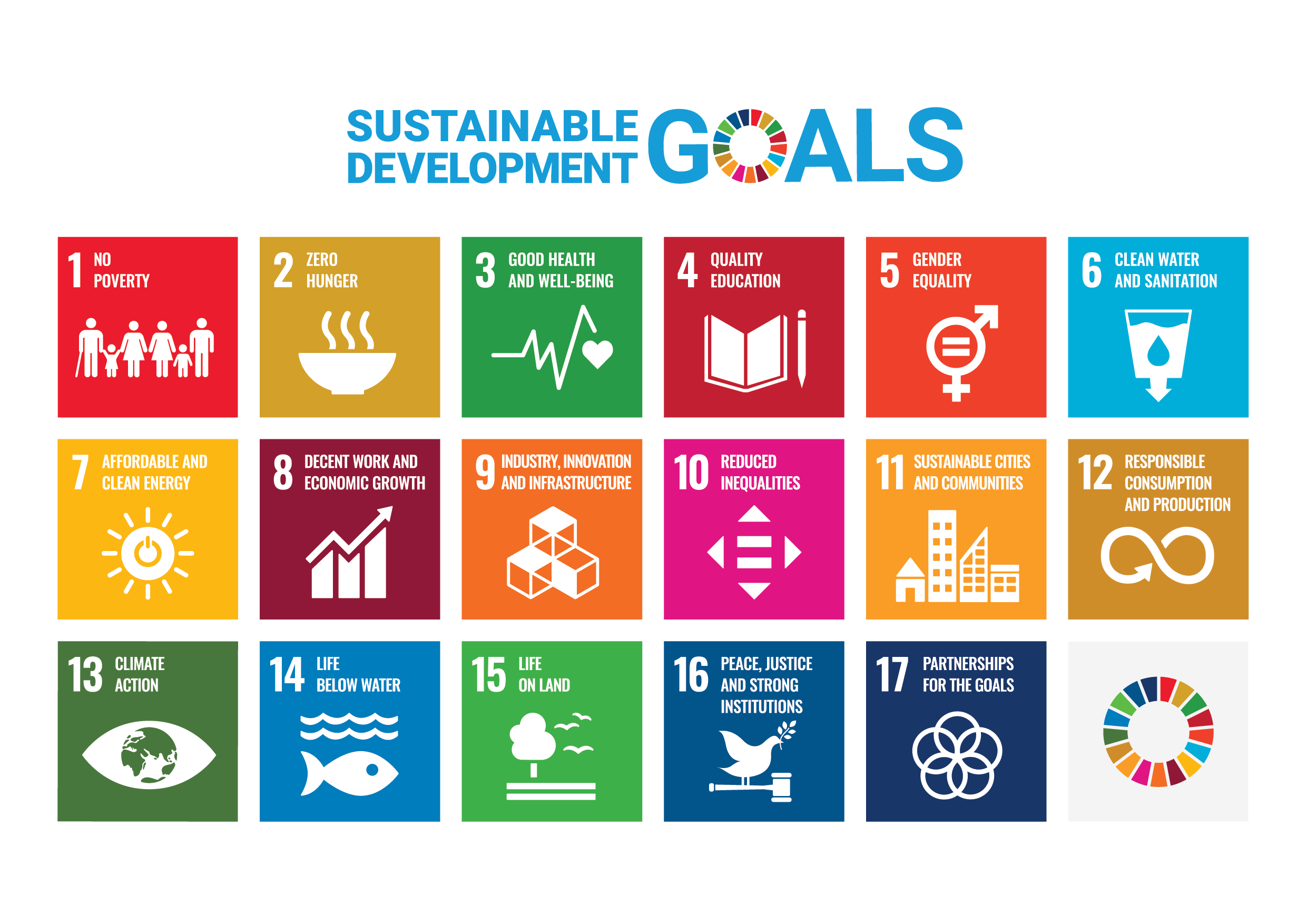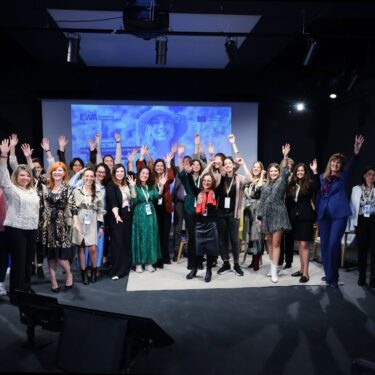Can sustainable aquaculture help to achieve the UN SDGs?
As global demand for protein increases, aquaculture is playing a growing role in feeding the population, but is aquaculture sustainable and can it be used to address the SDGs?

What is aquaculture?
Aquaculture is the farming of aquatic animals and plants such as fish, shellfish, seaweed and algae in water environments.
Aquaculture has experienced a period of incredible growth over recent decades. In fact, it is the world’s fastest growing food industry, with over 600 aquatic species farmed globally (1,2). This accounts for over 50% of the total global seafood supply (1), with the other 50% coming from wild-caught fish.
Practiced at a range of scales, by both multinational companies as well as small-holder farmers, in both coastal and inland environments, aquaculture is extremely varied. In order to describe the different types of aquaculture, it can be grouped by species, water type, water flow or intensity (3).
The aquaculture landscape in Europe
Imports vs exports
Europe is one of the world’s largest importers of fish and seafood (5), importing $9.7 billion more fish and seafood than it exported in 2019, worth $21.5 billion (26). The European aquaculture sector is unable to meet the current and increasing market demand for aquatic produce. With consumers increasingly choosing diets rich in fish (5), addressing this demand and ensuring products are both healthy and sustainable is paramount.
Seafod consumption
EU citizens consume an average of 23kg of seafood each year and nearly a quarter of this comes from aquaculture (5), demonstrating the contribution of the industry to health and nutrition as well as the economy.
Sector growth
Across the EU 1.25 million tonnes of fish and shellfish are farmed each year. In Europe, seven countries account for 90% of total aquaculture production. These are Norway (approximately 46% of total production), followed by Spain, Turkey, the United Kingdom, France, Italy and Greece (4,5). The industry supports 85,000 jobs across 14,000 enterprises (5).
Since 2018, global aquaculture production has increased by 228% and the value of the sector has grown by 492% since 1995 (6).
What is sustainable aquaculture?
In order to fulfil the demands of the future, aquaculture must follow the three pillars of sustainability and be economically, socially and environmentally friendly:
- Economic: aquaculture must be a viable business opportunity with a positive long-term outlook
- Social: Aquaculture must be socially responsible and contribute to community health and well-being
- Environmental: aquaculture should not create significant disruption to the ecosystem or be responsible for the loss of biodiversity or significant pollution impact.
Our oceans and waterways are all connected, therefore what we do in one place has an impact on the ecosystem in another place. In order to ensure everyone can continue to farm these environments for food, we need to practice responsible, sustainable aquaculture. However, this can be challenging as aquaculture is dynamic in how it operates. Its development has not been standardised globally as each system varies with species, location, societal norms and available technologies (9).
Sustainable aquaculture policy
There is a range of international policies and best practice guidance available to help ensure aquaculture is practiced sustainably. For example, the FAO’s Code of Conduct for Responsible Fisheries outlines principles and international standards for the use of fisheries and aquaculture resources. This aims to ensure the effective conservation, management and development of aquatic species.
The European Commission's new guidelines include aquaculture as part of the EU’s Farm to Fork strategy, which aims to accelerate the transition to a sustainable European food system. The strategy recognises the potential of sustainable aquaculture to provide food and feed with a low carbon footprint, while also creating economic opportunities and jobs. It states that aquaculture should not only have its own guidelines but also be integrated into wider EU strategies and policies, using a systems approach.
Wider policies such as the European Commission’s strategic guidelines for more sustainable and competitive EU aquaculture contribute to the European Green Deal and economic recovery following the COVID-19 pandemic.
“Aquaculture in the European Union is not developing as successfully as in other parts of the world. The European Green Deal is to be a response to this. All actors in the food chain must play their part in achieving sustainability.”
Can aquaculture help to achieve the Sustainable Development Goals (SDGs)?
Aquaculture has a key role to play in helping to achieve several of the UN’s SDGs by 2030. These 17 goals have been created to end poverty, overcome inequality, and address climate change (14).

Here are 6 examples of how the SDGs relate to aquaculture:
SDG Goal #1 No Poverty
Aquaculture provides a significant socioeconomic contribution in coastal and rural communities which can play a role in reducing poverty. In the EU alone, fish farming is responsible for 80,000 jobs (15). As the industry expands, jobs in aquaculture will be instrumental in providing support to individuals across the world and may ultimately help to reduce poverty (9,10,25).
SDG Goal #2 Zero Hunger
As one of the world’s fastest growing food sectors, sustainable aquaculture is vital for achieving food security (24). Globally, aquaculture produced 82.1 million tonnes of aquatic animals in 2018, and wild fisheries produced 97 million tonnes (1,6). But the value of farmed fish was higher; it was around $250 billion compared with $151 billion for wild-caught fish.
The production of animals through aquaculture is projected to increase by one-third by 2030 and will supply most of the aquatic protein in people’s diets by 2050 (1,6,8). This will help feed local populations as well as meet global seafood demands, providing accessible, affordable food for all (10,24).
“We need technologies, and we need other solutions to ensure we are doing fishing and aquaculture in a sustainable way and that people aren’t left out who do require fish protein in order to survive on a daily basis or even profit from it in terms of industry and their income.”
SDG Goal #3 Promoting health and wellbeing
This goal stresses the importance of ensuring healthy lives and wellbeing for all. Consumption of fish and shellfish is associated with many health benefits. They are a rich source of protein containing all essential amino acids in addition to essential fats including omega-3 fatty acids, vitamins and minerals.
SDG Goal #12: Responsible consumption and production
Aquaculture must overcome challenges around responsible production and consumption in order to transition to a more sustainable industry. Currently, much of the farmed fish we eat in Europe is imported from across the globe, and is reliant on commercial feed (2,4). However, steps are now being taken to reduce this.
Many farmed fish species such as salmon require omega-3s to help them grow. In the wild, they would get these naturally from their diet. Farmed salmon are given this in their feed, which typically consists of fishmeal (ground fish) and fish oil (20). Producing this, however, is extremely resource intensive, with a third of the global fish stocks going toward making fish meal and fish oil (21).
Forage fish - the prey of larger fish - are therefore being overfished, and some populations have collapsed as a result, which has implications for the entire food web as larger fish depend on them for food. To address this, there is increased interest in the use of alternative vegetable proteins and oils which include omega-3s to replace fishmeal in feeds. The use of farmed insects as a fish feed is also growing in interest, with several startups such as Better Origin already investigating this potential.
Aquatic animals that require feed can often have an environmental advantage over animals raised in terrestrial agriculture. Since they are cold-blooded, aquatic animals can convert food into body mass more efficiently than mammals which need energy to help regulate their body temperature. Therefore, it takes less feed to produce a kilogram of salmon, for example, than it does to produce a kilogram of meat such as beef or pork (23), therefore having less environmental impact and contributing to responsible production.
SDG Goal #13: Climate change
Aquaculture offers an opportunity to reduce carbon emissions that contribute to climate change (18). Through water sequestration - the natural carbon capture by water and aquatic plants - aquaculture can contribute to reducing the amount of carbon dioxide in the atmosphere, helping to address climate change and SDG 13.
As aquaculture is no longer limited to offshore environments, fish farming is taking place increasingly closer to home. Onshore facilities enable seafood to be produced close to large marketplaces and urban areas. This dramatically shortens the distance involved in transporting products to market, reducing CO2 emissions while increasing product shelf life to reduce food loss and waste (19).
SDG Goal #14: Life below water
This goal is to "conserve and sustainably use the oceans, seas and marine resources for sustainable development".
Many global fish stocks have been exploited or become depleted in recent years, with a third of the world’s oceans overfished (16). This suggests that the aquaculture industry in its current form is unsustainable, as it cannot maintain populations in marine ecosystems as the demand for seafood increases.
So, what are we doing to address this? Developments in sustainable aquaculture technology using closed systems are enabling land-based production of seafood that eases the pressure on oceans. Increased on-land production of fish will enable the replenishment of currently depleting fish populations, as well as their ecosystems (17).
Fish farms can also be considered more ecologically responsible than traditional fishing methods. This is because aquaculture is not a threat to non-target fish species, unlike standard fishing procedures, where one in 10 fish caught is the wrong type of fish, known as bycatch (17).
“Aquaculture is entering new environments; it is moving further offshore into land based facilities. This reduces the environmental pressure from fragile coastal ecosystems but simultaneously presents lots of new challenges to scientists and engineers.”
How EIT Food is driving sustainable aquaculture forward
EIT Food is committed to supporting a range of initiatives aimed at providing innovative, technological and sustainable solutions to address challenges faced by the fishing and aquaculture sectors.
EIT Food startup examples
- SafetyNet Technologies, a UK company, designs and builds trusted and valued solutions that enable precision fishing in the fishing industry. Pisces, SafetyNet’s first-to-market product, is supplied via a Hardware-as-a-Service model, which enables fishing crews to catch only the right fish using a light device.
- Marine Feed uses Sea Squirt cultivation to offer feed producers and aquaculturists a unique novel organic protein feed ingredient with a low carbon footprint. Marine Feed also produces an umami taste enhancer for the food market. The product is produced without preservatives, pesticides or fertilisers and has a unique taste-enhancing effect.
- SuSea is a preservation technology company developing innovative preservation technologies for seafood with an aim to provide healthy and high-quality seafood products, improve seafood safety and reduce waste by increasing shelf life. SuSea rapidly dehydrates seafood with a proprietary liquid solution containing natural ingredients which doubles its shelf life.
- Vaxa has developed a disruptive new technology platform for cultivation of omega-3 rich microalgae. Compared to other technologies, Vaxa’s platform requires less than 1% of fresh water, less than 1% of land footprint and is carbon negative.
EIT Food project examples
- MIDSA is developing a sustainable, economically viable feed for bivalve shellfish. An important aspect to the project has involved development of a circular economy system which sources nutritional microencapsulated particles from waste streams, providing economic and sustainability benefits.
- Next Tuna is creating the first sustainable European source of tuna by reproducing Atlantic Bluefin Tuna in a land-based, eco-friendly recirculating aquaculture system.
- BREEZE is a revolutionary eco-friendly system for fish health management, which is enabling the successful scaling of sustainably managed fish farms to meet the growing demand for healthy proteins.
Read more about EIT Food’s new aquaculture projects here.
EIT Food has also been working with the Knowledge Transfer Network (KTN) to produce a report on “What the European Aquaculture sector really needs to innovate sustainably.” The Report outlines five innovation areas that will help address the key challenges within aquaculture. View the report here.
It is clear that the European food system will increasingly rely on aquaculture to feed our growing population, but the challenges are as great as the demand. Research, innovation and collaboration are crucial to the development of the sector and combating these challenges. Find out how you can get involved here.
Further reading
- EIT Food: Food Fight Podcast: Is technology protecting or exploiting our seas and oceans?
- FoodUnfolded: Unsustainable fishing: the situation in the Mediterranean
- FoodUnfolded: How digitalisation improves aquaculture management
- EIT Food: Aquaculture Showcase Event
References
- Our World in Data: How is our seafood produced?
- FAO: Aquaculture
- European Commission: European Science for Environmental Policy. Future brief. Sustainable aquaculture
- European Environmental Agency: Aquaculture production in Europe
- European Aquaculture: Aquaculture sustainability
- FAO: The state of world fisheries and Aquaculture 2020
- Aquaculture Alliance: Aquaculture is inspiring economic growth and alleviating global poverty
- Nature: Can aquaculture overcome its sustainability challenges?
- World bank: Sustainable aquaculture
- Consensus: Towards sustainable aquaculture in Europe
- Forbes: Two-thirds of the world’s seafood is overfished - here’s how you can help
- Greenovate: A wave of change: new solutions for more sustainable aquaculture
- Columbia Climate School: Making fish farming more sustainable
- The Healthy Fish: How aquaculture can help the UN’s Sustainable Development Goals
- The Fish Site: How do we build an aquaculture sector that is serious about SDGs 1 and 2?
- ASC: Why do we need responsible aquaculture?
- World Fish: Sustainable Development Goals
- FAO: Code of Conduct for responsible fisheries
- Global Aquaculture Alliance: Aquaculture is inspiring economic growth and alleviating global poverty
- Global Aquaculture Alliance: How farmed seafood can support climate change
- Global Harvest: Making fish farming more sustainable
- Global Aquaculture Alliance: How can aquaculture protect our oceans?
- PHYS: Fish farms are helping to fight hunger
- Fish Farmer Magazine January 2021 Issue, page 62
- European Commission: Farm to Fork Strategy
- Centre for the Promotion of Imports: What is the demand for fish and seafood on the European market?
More blog posts

Protein Diversification Think Tank BLOG

Farming in Europe: the changing landscape of food production






